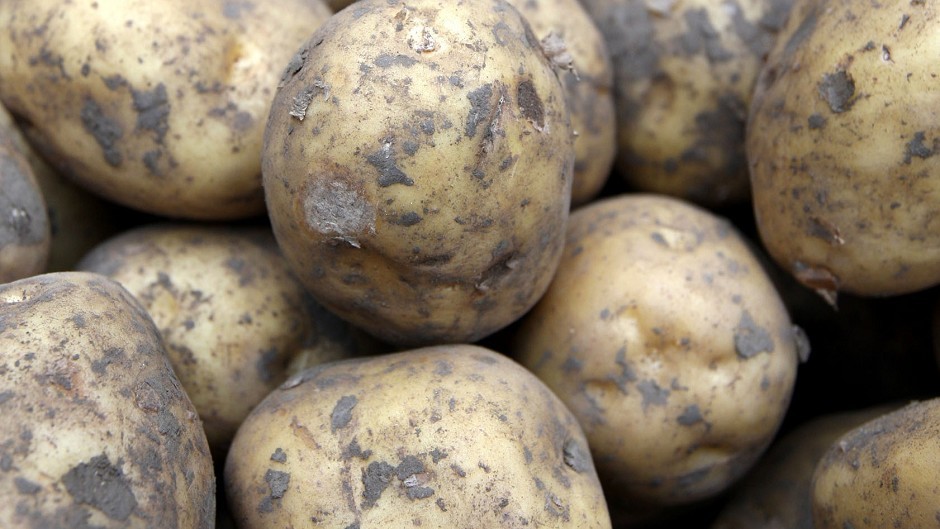The Scottish potato industry faces more than a few challenges at present but arguably none looms larger than Potato Cyst Nematode (PCN).
Eelworm, as it is commonly known, is a real yield robber and alarmingly it is on the rampage.
Speaking at a field day at the Reid family’s Newmill of Balgavies farm near Forfar last week, Potato Council board member Alistair Redpath warned that the pest had the potential to push growers out of production.
“It is 30 years since I started working with potatoes and I would estimate that half of the growers who have left the sector over that period have cited PCN infestation as the main reason for doing so,” he said.
Dr Jon Pickup of SASA – the Scottish Government agency responsible for seed potato health- pointed to a worrying position with around 33% of the ware (fresh potato) growing land across the country now infested mostly by the highly persistent G pallida species.
The other common and once dominant species, G rostochiensis, was now in slow decline thanks to the effects of growing resistant varieties such as Maris Piper, he said.
This was little comfort however with G pallida now spreading very rapidly thanks partly to growing potatoes in close rotations.
The 33% infestation level was an estimate from random testing of fields intended for ware but Dr Pickup could be much more accurate when it came to seed land where testing for PCN is compulsory.
Even though growers have been taking precautions to avoid fields being rejected and scheduled, some 5.3% of the area sampled each year fails.
“Since July 2010 and the introduction of a new EU Directive the area testing positive for PCN has increased two-fold,” said Dr Pickup.
This can partly be explained by a move to larger sampling areas and improved diagnostic testing but the inescapable fact is that the area across Scotland recorded as infested is increasing by around 1,359 acres each year.
The problem is significantly worse in Angus – farmers in the county grew 30% of Scotland’s potatoes but hosted 68% of the G pallida and 48% of the G rostochiensis.
The incidence of PCN as a whole was over five times greater than in the North of Scotland and considerably greater than in Fife or Perthshire.
In recent years Angus has grown around 8,895 acres of seed potatoes but around 741 acres of suitable land was now being lost annually following testing.
Dr Daan Kiezebrink formerly of SRUC but now of Soil Essentials,told the 70 growers present that biofumigation was a possible control measure but said more work had to be done.
The technique involved growing brassicas such as yellow mustard and oilseed radish then macerating and rotavating in the foliage before seed set. Biocidal compounds within the plants were fatal to PCN but to make the most of the technique the land would be out of agricultural production for a whole year.
Daryll Shailes of agronomy and supply company Hutchinsons described the chemical options, some of which could be very effective but cautioned against total reliance on nematicides.
Testing fields on a one hectare grid system was a good first step towards identifying the PCN “hot spots” which would benefit from extra control measures, he said.
All four speakers agreed that having access to an increased range of varieties with dual resistance to G Pallida and G rostochiensis would be key to an integrated control strategy.
The challenge would be to make sure that as well as being pest resistant these new varieties would be acceptable to the supermarkets. Otherwise there would be little chance of uptake.
